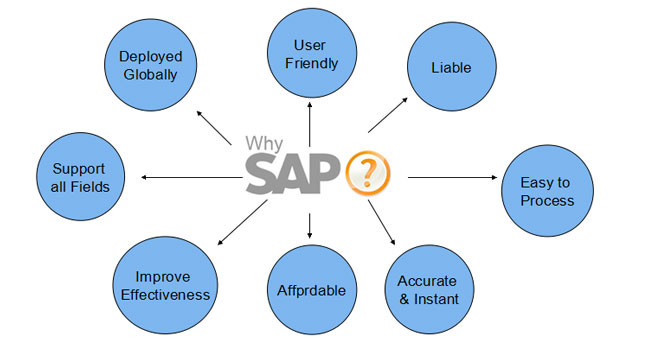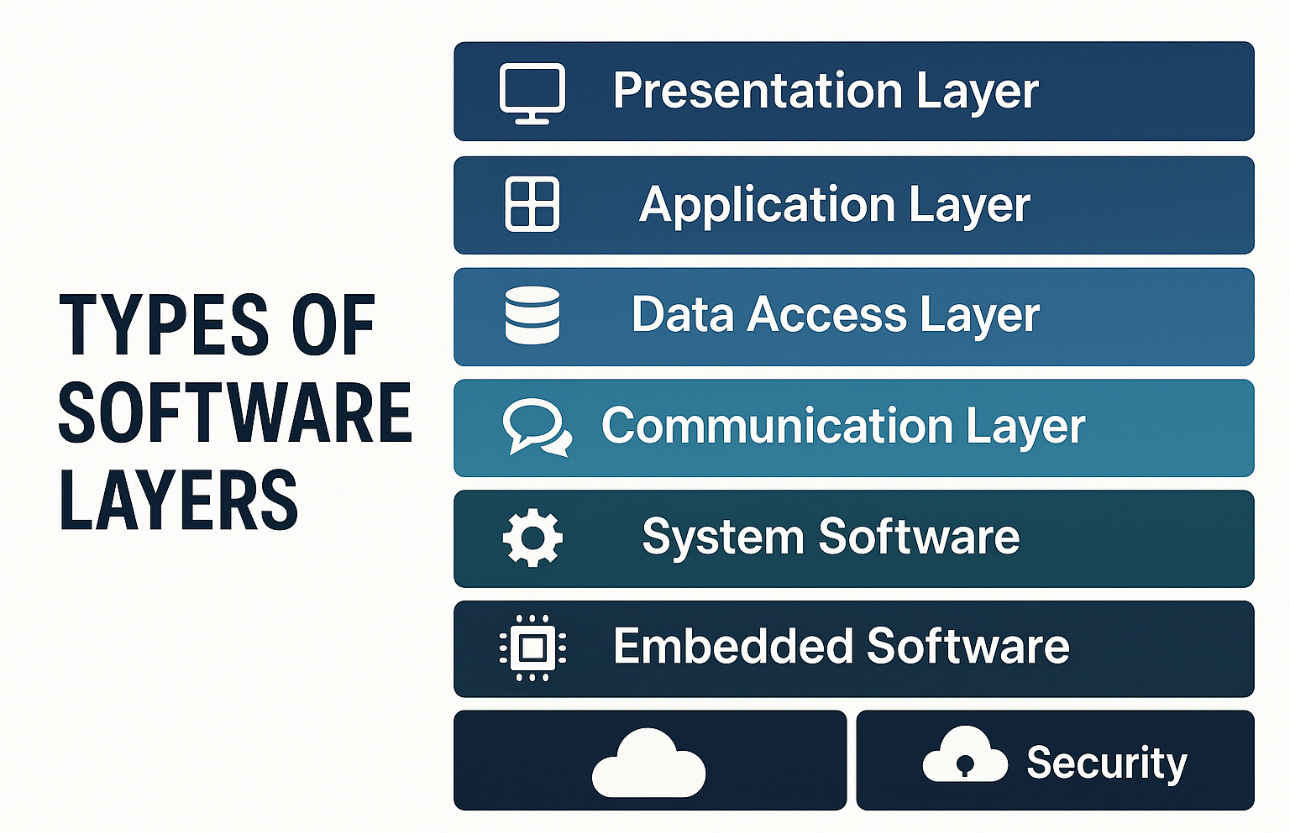
Managing projects can sometimes feel like a big challenge, especially when things keep changing. That’s where DSDM (Dynamic System Development Method) comes in! DSDM is a method to help teams work together, stay flexible, and complete projects on time while meeting business needs.
What is DSDM?
DSDM is a way to manage and deliver projects, especially when things change quickly. It’s part of the Agile family, which means it’s built to be flexible and focused on what’s most important for the business. It helps teams break a project into smaller parts, so they can finish pieces step by step instead of all at once.
The Key Ideas of DSDM
DSDM has some basic rules that make it work:
- Focus on the Goal: Always keep in mind what the business needs.
- Deliver on Time: Set clear deadlines and stick to them.
- Work as a Team: Everyone involved in the project should share ideas and work together.
- Don’t Compromise Quality: Always make sure the work is high-quality.
- Build in Steps: Complete small parts of the project, one at a time.
- Be Open to Changes: Be ready to make improvements as you go.
- Talk Often and Clearly: Keep everyone informed with simple and clear communication.
- Stay in Control: Use plans and check progress regularly.
How Does DSDM Work?
DSDM has six stages that help teams complete a project:
- Pre-Project: Decide what the project is about and why it’s important.
- Feasibility Stage: Check if the project is realistic and worth doing.
- Foundations Stage: Create a solid plan and decide how the project will be done.
- Development Stage: Start building the solution in small, manageable steps.
- Deployment Stage: Deliver the finished product and make sure it works well.
- Post-Project Stage: Look back at the project to see what went well and what can be improved.
Why Use DSDM?
DSDM has many benefits that make it a good choice for managing projects:
- Flexible: It’s great for projects where things might change along the way.
- Teamwork: Encourages everyone to work closely together.
- Business Value: Focuses on delivering what’s most important first.
- On Time: Helps teams stay on schedule with clear deadlines.
- Lower Risk: Fixes problems early by building the project in small steps.
When Should You Use DSDM?
DSDM is helpful in these situations:
- The project needs to be flexible because things could change.
- Stakeholders (people involved in the project) are ready to participate actively.
- The deadline is important, and there’s no time to waste.
- The work must meet high-quality standards.
Conclusion
DSDM is a simple yet powerful way to manage projects. It helps teams stay organized, work together, and deliver results that meet business needs. By breaking work into smaller parts, DSDM makes big projects easier to handle. If your team needs a method to stay flexible and focused, DSDM could be the perfect choice!
Post a comment Cancel reply
Related Posts
Empowering Business Analysts: How AI is Revolutionizing Agile Practices
In today's fast-paced digital landscape, Agile methodologies are no longer optional— they're essential for organizations…
What is SAP? How does it work?
The full form of "SAP" is “Systems Applications and Products in Data Processing” which is…
Optimizing React Performance: An Advanced Guide for Scalable Applications
In today’s fast-paced digital ecosystem, software systems have become the backbone of every enterprise’s technological…
Types of Software Layers
In today’s fast-paced digital ecosystem, software systems have become the backbone of every enterprise’s technological…


















